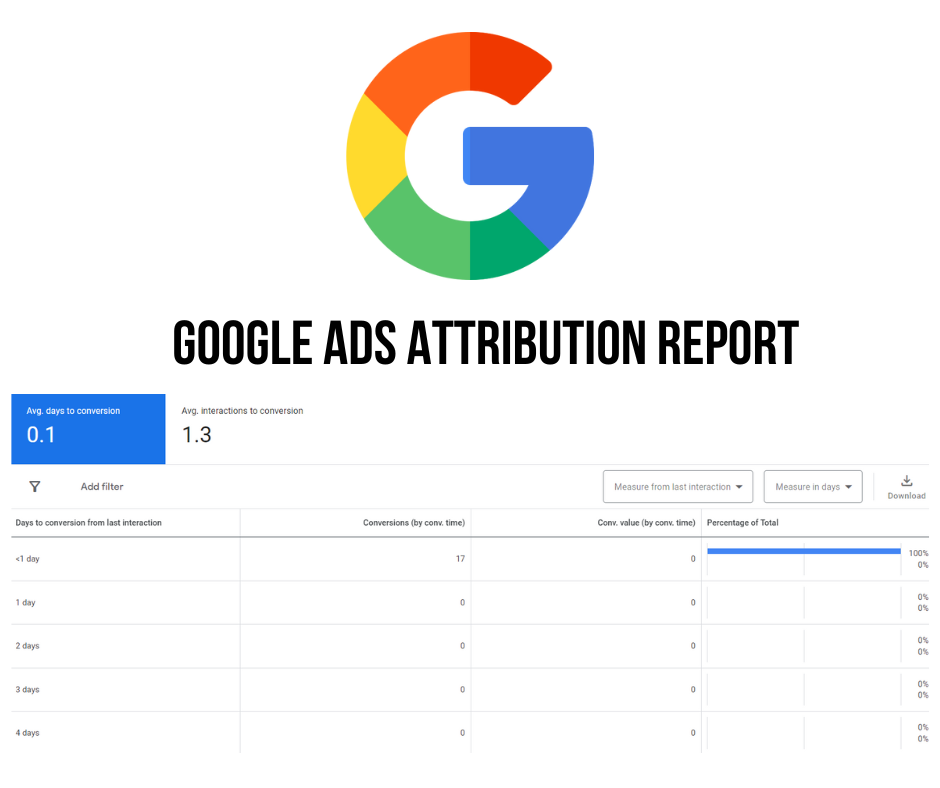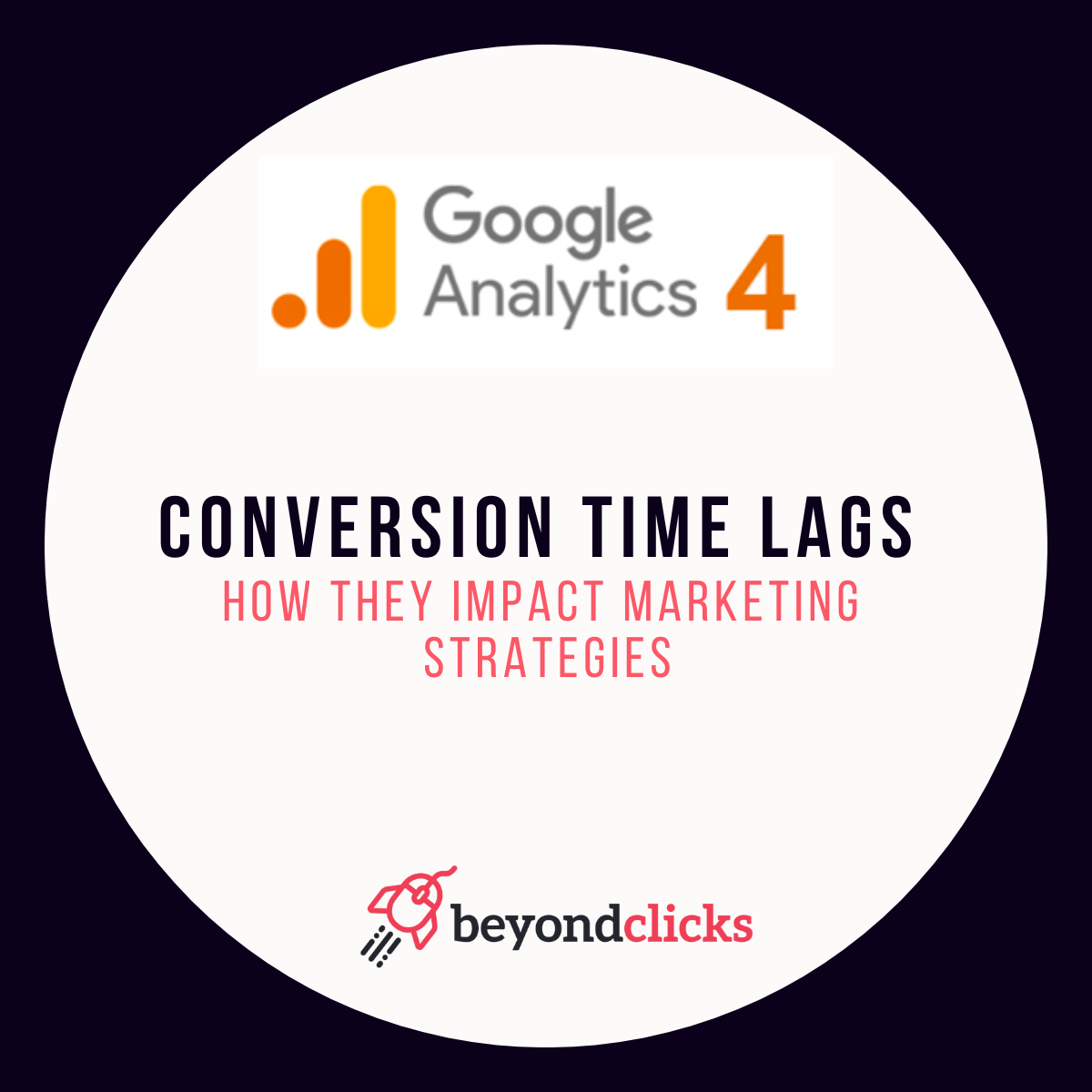When reporting to clients, have you explained the concept of conversion time lags?
Understanding how conversion time lags impact your marketing efforts is more important than ever, particularly with the introduction of data-driven attribution.
Our latest blog aims to provide a comprehensive analysis of Google conversion time lags, shedding light on their significance, factors influencing them & strategies to optimise your marketing campaigns accordingly.
What are Conversion Time Lags?
Conversion time lag refers to the duration between a user’s initial interaction with a marketing touchpoint (such as clicking an ad, visiting a website or signing up for a newsletter) & their eventual conversion (making a purchase, filling out a form, etc.). In the context of GA4 (formerly Google Analytics), tracking & understanding these time lags is essential for attributing conversions accurately & making informed decisions about your marketing strategies.
Significance of Conversion Time Lags
Consumers are exposed to a plethora of touchpoints before making a conversion. With the rise of multi-channel marketing, social media, influencer collaborations & personalised content, the customer journey has become intricate and non-linear.
1. Accurate Attribution:
Conversion time lags help marketers attribute conversions to the correct touchpoints. Without considering time lags, there’s a risk of attributing the conversion solely to the last interaction, neglecting the role of other touchpoints in the journey.
2. Informed Budget Allocation:
Understanding time lags allows marketers to allocate budgets effectively across different channels. Channels with longer time lags may appear less effective if only last-click attribution is considered.
3. Refining Marketing Strategies:
Insights from conversion time lags can help to refine your marketing strategies. If a significant portion of conversions occur after several interactions, you can optimise content to nurture leads through longer journeys.
Factors Influencing Conversion Time Lags
Several factors contribute to the variation in conversion time lags:
1. Product Complexity:
The more complex the product or service, the longer the decision-making process. High-investment products often require more time for research & consideration.
2. Customer Journey Length:
A lengthy customer journey with multiple touchpoints naturally leads to longer time lags.
3. Industry & Audience:
Different industries & target audiences have varying behaviours. B2B conversions might take longer due to organizational decision-making, while impulse-buy products might have shorter time lags.
4. Marketing Channels:
The nature of the marketing channel matters. A social media ad might lead to a quicker conversion than a blog post that educates & nurtures leads over time.
5. Seasonality and Trends:
Certain times of the year or trends might accelerate or delay purchase decisions.
Strategies to Optimise Marketing Campaigns
Incorporate these strategies into your marketing campaigns to leverage insights from conversion time lags:
Multi-Touch Attribution:
Move beyond last-click attribution. Implement data driven attribution to give credit to multiple touchpoints.
Lead Nurturing Content:
Create content that caters to leads at different stages of the customer journey. Provide prospects with informative & educational content that addresses their concerns.
Remarketing:
Use remarketing campaigns to engage users who showed interest but didn’t convert. Remarketing can help shorten conversion time lags.
Real-time Analytics:
Utilise real-time data to monitor campaigns. If you notice longer-than-expected time lags, you can adjust your website or strategies promptly.
Conclusion
The customer journey, marketing channels & evolving consumer behaviours make conversion time lags a critical metric to analyse. By delving into the factors influencing time lags & implementing optimisation strategies, we can stay ahead of the curve & drive successful campaigns.
And lastly, having this understanding will enable you to better manage your clients’ expectations. So when reporting on campaign performance, if they aren’t seeing the level of expected conversions they will appreciate that this could be due to conversion time lags.
You can utilise the conversion path report in GA4 or the path metrics report within Google ads to help with this detail.

For more information on conversion lags, get in touch with Beyond Clicks.
